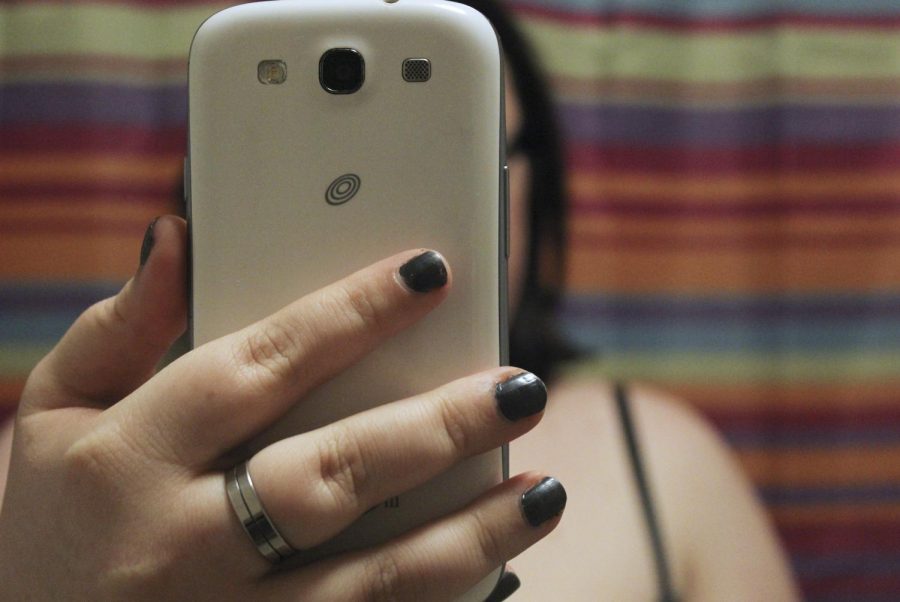Revealing photos flood Snapchat
March 3, 2016
All actions come with consequences, and posting pictures and private information on the Internet is no exception.
Students have been posting pictures of “full-body nudity, breasts and butts” as well as sexual videos on various Snapchat accounts, said Title IX Coordinator Tammy Jacques.
Snapchat, which allows users to share images or video clips with friends, boasts approximately 100 million daily active users and an estimated 200 million monthly active users, according to businessinsider.com.
Although the posts are only meant to stay visible for a short time, this might not be the case.
“Anything on social media, anything on the Internet in general — especially with things like Snapchat where they say it’ll disappear after a certain amount of time — it never really disappears,” said Associate Director for Digital Communications Jeremy Britten. “There (are) ways to find it and see it or to screenshot it without people knowing. You never know where it’s going.”
Posting these types of pictures and videos are not the best way to portray UNA, said junior Bradley Bullock.
“You know at any college campus stuff like that is going to go down, but you wouldn’t expect people to just put it out for anyone and everyone to see it,” he said. “It doesn’t make a lot of sense to me, personally.”
Taking pictures or videos of another person without their consent is another important issue students should be aware of, Jacques said.
“If they take nude pictures without consent and start sharing them with other individuals and start putting them out there on social media, that can cause them some issues,” she said.
“That’s considered sexual exploitation. If somebody does a recording of somebody in a sexual act and puts it out there without consent, that’s just as bad as somebody being sexually assaulted or raped. We take it seriously.”
This behavior can result in expulsion from the university, she said.
Students need to know the dangers of posting on social media and the larger implications of it, she said.
Faculty, staff, potential employers and community members can see these postings, she said.
“There’s all kinds of potential repercussions,” Britten said. “I think it’s the nature of it being anonymous. You can sign up with a fake screen name, and if you never show your face there’s not really any direct repercussions made that you can see.”
However, there is always the chance someone will recognize something in the background of a photo or video and be able to tie it back to someone, he said.
Students should also understand once they send pictures or videos to someone, those items become the other person’s property, Jacques said.
“If you send a private message to somebody, you have really no way of knowing if they’re going to pass that on to someone else,” he said. “That could turn around and bite them when it comes to job interviews or anything.”
Social media has changed the way people share pictures and information, said Associate Professor of Sociology Andrea Hunt. Anything posted can go across the campus or around the world.
“There’s this kind of blurring now with social media between these kind of public and private boundaries,” she said.
People should keep the sexual images off Snapchat, said freshman Sara-Anne Murray.
“They do it for attention,” she said. “It’s such a cool thing for us to have a Snapchat, but these people ruin it for everyone. They think they can get away with it because their name isn’t on there.”
Jacques said she encourages students to pay attention to what they are sharing and who they are sharing it with.
“Take care of yourself,” she said. “Think about things before you post it out there and who might see it. Think about things before you send it to an individual.”













stzgists • Jul 6, 2021 at 7:00 am
I really only saw YouTube shorts as a competition to reels and snapchat snap but now I now know it’s much more than that..l think I will start creating I have a good idea.